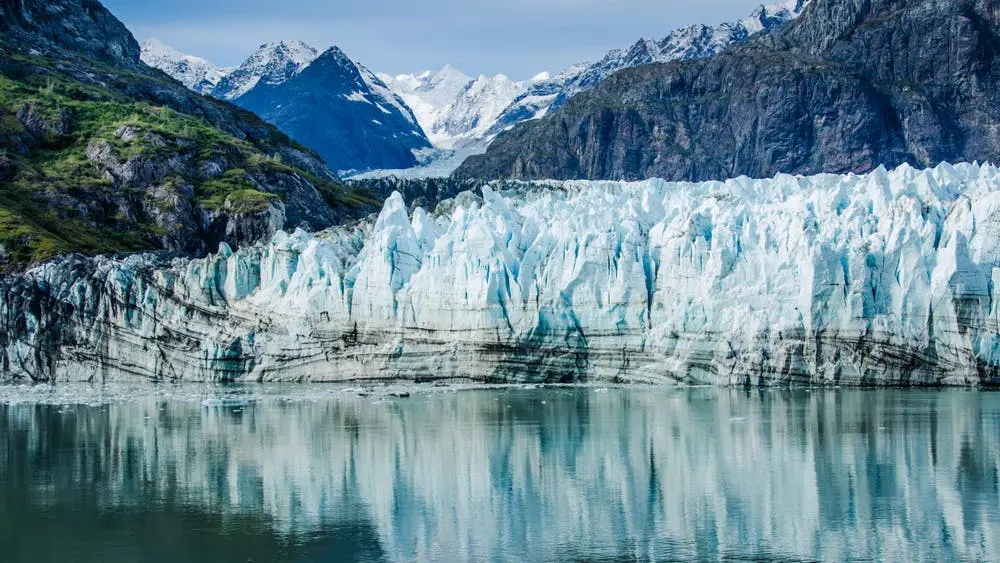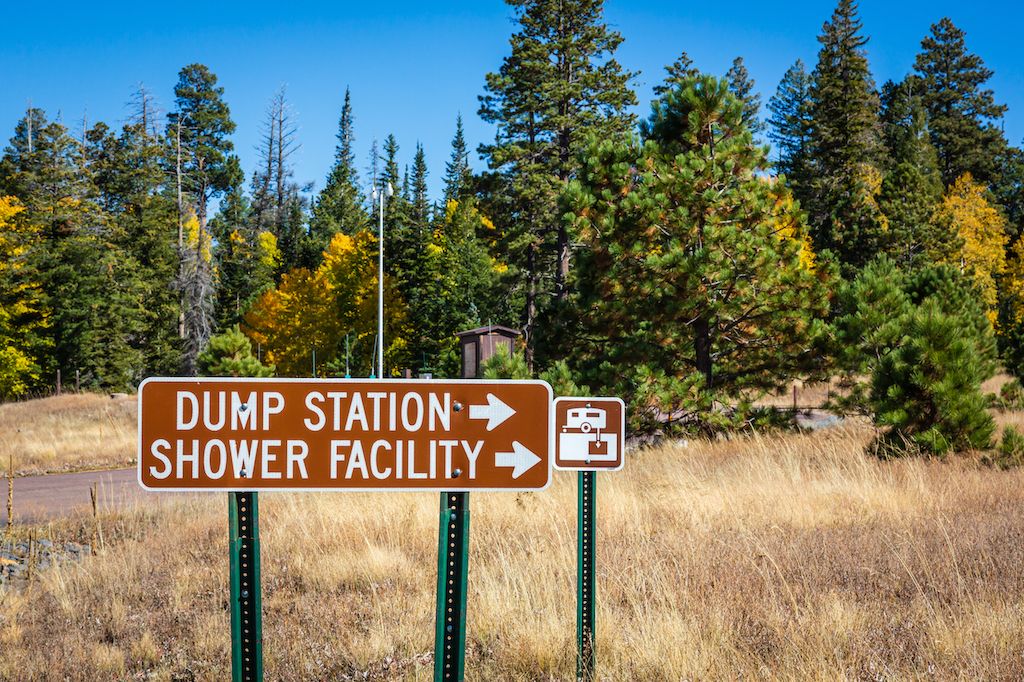Glacier Bay National Park

WIDE-RANGING INVENTORY
From affordable pop-ups to luxury motorhomesLARGEST RV RENTAL MARKETPLACE
Thousands of 5 star reviews from happy customersSECURE AND MOST TRUSTED
24/7 Emergency roadside assistance on every booking- Home
- National Parks
- Glacier Bay National Park
Three top outdoor attractions inside Glacier Bay National Park include the Grinnell Glacier, Lake McDonald, and the Going-to-the-Sun Road. People who want to experience as many of the park’s offerings as possible, like hiking, rafting, fishing, whale watching, and visiting the backcountry chalets, tend to visit from late May to early September. While winter services are limited, the snowy landscapes can be spectacular, and you may get a chance to view the northern lights. When you travel through Alaska in an RV, you can explore the landscape at your leisure and camp out in comfort. You can find RV rentals near Glacier Bay National Park in nearby areas like Juneau, Skagway, and Haines.
Glacier Bay National Park is accessible from Skagway or Haines by bush plane or from Juneau by ferry. The Bartlett Cove campground is a walk-in campground, and backcountry camping requires a permit. There is no RVing to Glacier Bay National Park, unfortunately, as there is no RV access to the park. Visitors typically stay in the nearby towns of Skagway, Haines, or Juneau. Because daylight hours are limited in winter, many places close down or offer limited services during the off-season. It’s a good idea to check that the place you plan to camp will be open when you arrive and make reservations before you travel.
You can check on closures at the Glacier Bay Visitor Information Station, open daily from 8 a.m. to 5 p.m., or by calling the Glacier Bay Visitor Center at (907) 697-2661. The visitor center is open daily from 11 a.m. to 5:30 p.m. Check the park's website for holiday and seasonal closures. The visitor information station and visitor center are closed during the winter season and tend to be staffed from May through September.
- Spring 28-54 F
- Summer 44-61 F
- Fall 29-55 F
- Winter 25-35 F
- Coming soon

Glacier Bay National Park Hiking Trails
Glacier Bay National Park's hiking paths are a great way for nature lovers to explore the park. Most of the trails are easy to walk, and one of them offers a guided tour.
Trails in Glacier Bay National Park
Trails near Glacier Bay National Park

Things to do Outside Glacier Bay National Park
When you’re traveling in an RV, you can find plenty of things to do outside of Glacier Bay National Park. If you’re in Skagway, you can take a train into the Yukon on the White Pass & Yukon Route. Juneau is a great place to go sea kayaking, dog sledding, or take a flightseeing tour around Glacier Bay. If you’re in Haines, you can bike around town and visit the Sheldon Museum and Cultural Center.
Discover Nearby Towns and Cities
RV Resorts & Campsites near Glacier Bay National Park
Camping in Glacier Bay National Park requires a Bartlett Cove Campground permit or a backcountry permit. Permits are free, and camping is first-come, first-served. All overnight backcountry campers must complete a mandatory in-person orientation at the Visitor Information Station. Camping in vehicles is not allowed. Here are some campgrounds near Glacier Bay National Park where you can take your RV.

Campgrounds Near Glacier Bay National Park

Find the Best Dumpstations Near Glacier Bay National Park
Dumpstations Near Glacier Bay National Park

How to get to Glacier Bay National Park
Glacier Bay National Park is accessible by plane and ferry. Although it’s possible to take your personal vehicle from Juneau to Gustavus via the Alaska Marine Highway ferry system, driving to Glacier Bay National Park is not recommended because Glacier Bay is mostly roadless and parking is extremely limited. In addition, there is no RV parking in Glacier Bay National Park. You can drive to Bartlett Cove from Gustavus, but the rest of the park can only be reached on foot, by boat, or by small plane.
RV travelers should consider camping in Juneau, Skagway, or Haines and taking a short jet, bush plane, or ferry back to Gustavus before heading to Glacier Bay.
During the summer, an Alaska Airlines jet services the Gustavus airport. Once you arrive in town, you can travel via taxi, rental car, or on your own power.
Juneau International Airport (JNU), located about 65 miles southeast of Glacier Bay, is the closest major airport to the park. You can travel from Juneau International Airport to the smaller regional airport, Gustavus (GST), and then fly into Glacier Bay National Park.

Frequently Asked Questions
Glacier Bay National Park is 3.3 million acres, or over 5,100 square miles. It covers glaciers, mountains, rainforest, and fjords and is part of a 25-million-acre World Heritage Site.
Parts of Glacier Bay National Park are accessible for disabled visitors. The visitor center, viewing dock, and some paths and restrooms are wheelchair accessible. Many guests come to the park via cruise ships so be sure to check with cruise lines on disabled accommodations for this excursion.
Pets are allowed in parts of Glacier Bay National Park. Pets can be on the Bartlett Cove Public Use Dock, on the beach near the dock, on private boats, and within 100 feet of Bartlett Cove park roads and parking areas. Pets need to be leashed or restrained.
Top things to do at Glacier Bay National Park include taking a kayak tour for a one-of-a-kind view of the glaciers, hiking, taking a seaplane tour, or fishing the many lakes and streams...or the bay itself.
The best time of year to visit Glacier Bay National Park is in July and August. These summer months are the best chance for warm weather, and snow has usually melted in many areas, allowing more access to the park and more opportunities for outdoor activities.